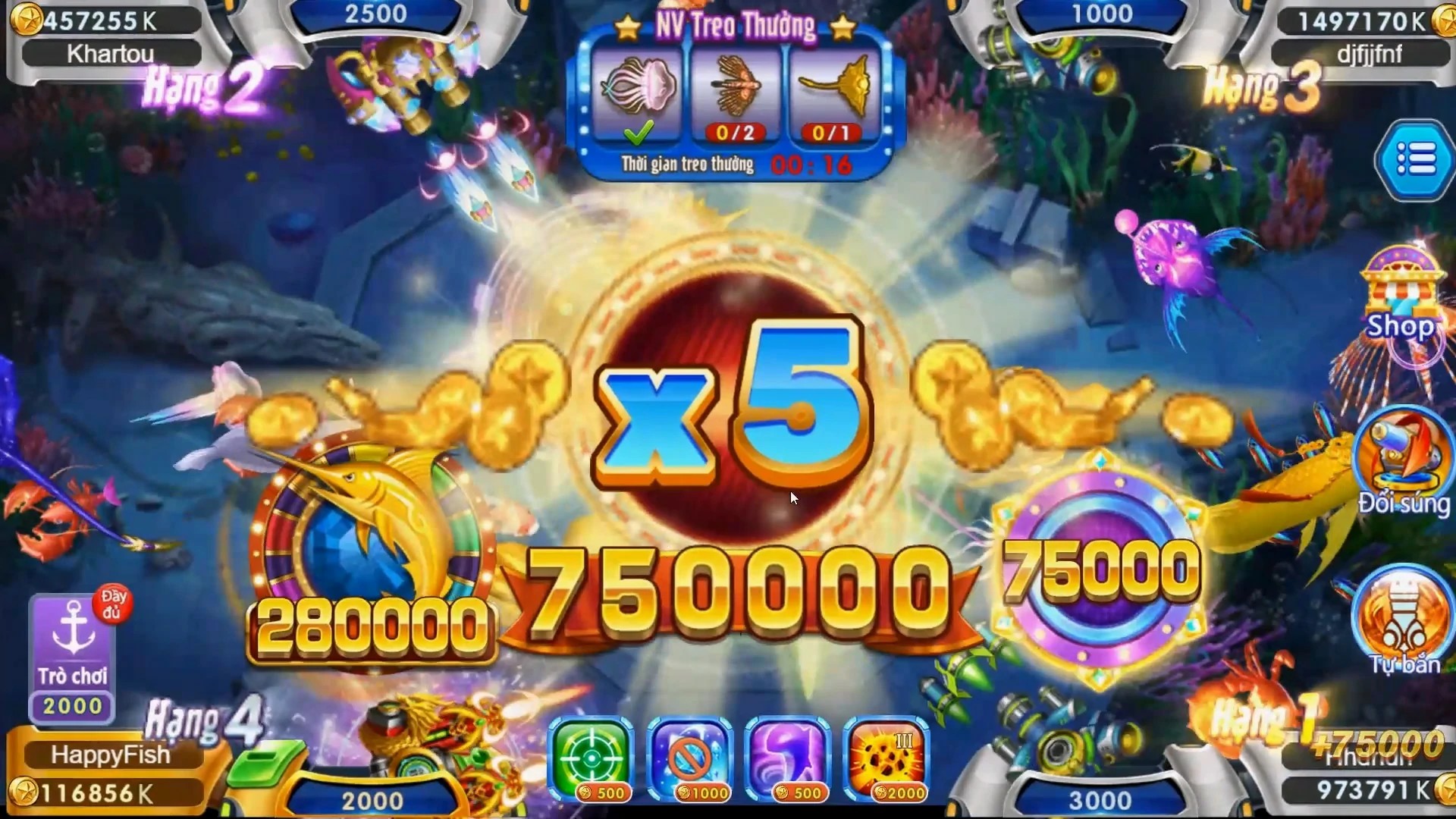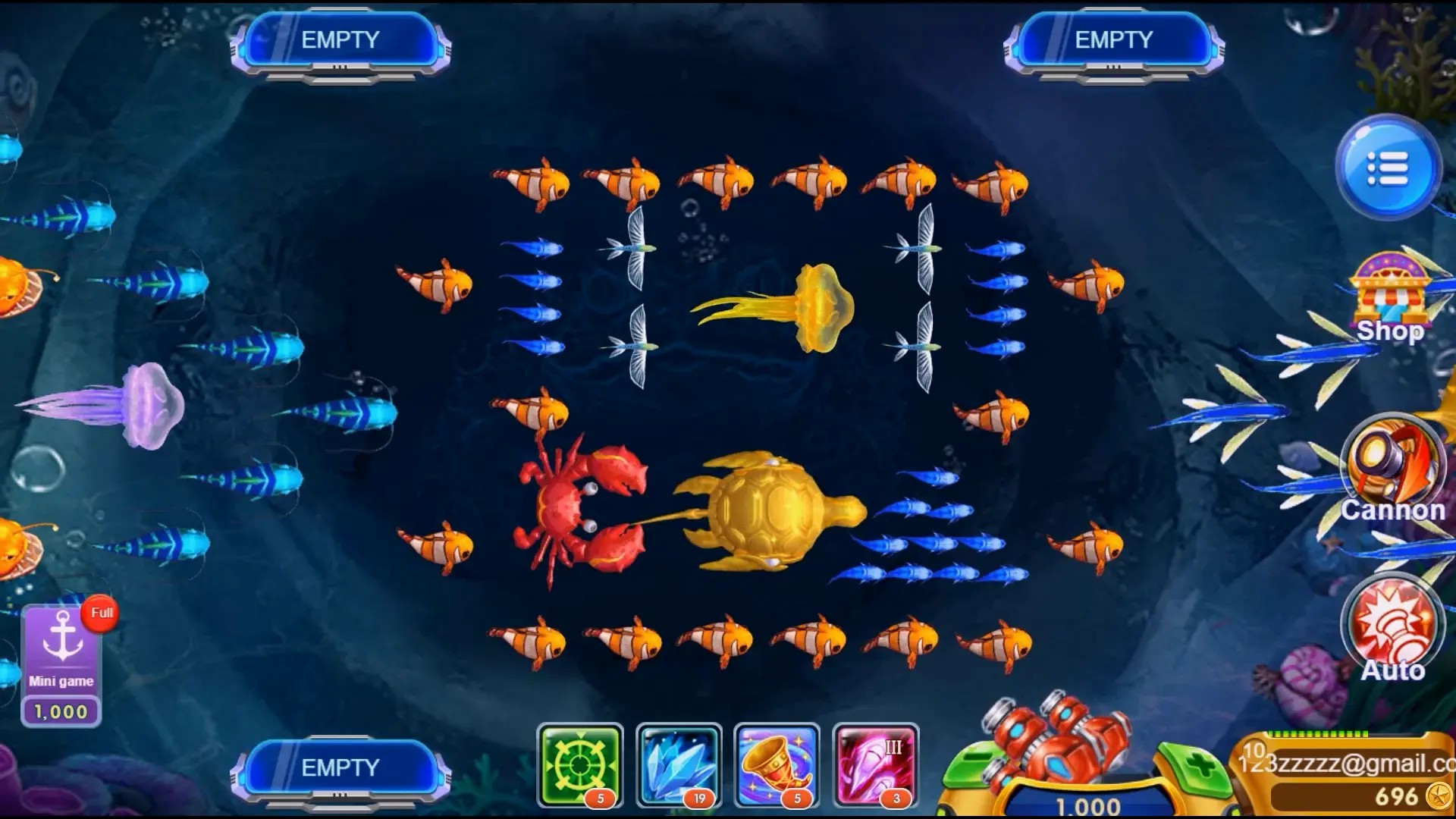Unlocking Success: How Multiplayer Business Simulation Games are Revolutionizing the Gaming Industry
In today's rapidly evolving gaming landscape, multiplayer business simulation games are not just a fad. They’ve taken center stage, changing the way players interact, learn, and engage with digital environments. But what exactly makes these games function as a revolutionary force? Let's explore.
The Rise of Multiplayer Gaming
The gaming industry has seen a significant transformation over the last few years, with multiplayer games dominating the charts. By facilitating social interactions, these games create immersive experiences that keep players coming back for more. Consider the surge in popularity of titles like Fortnite or World of Warcraft. They aren't just games; they’re social platforms. With the use of **advanced technology** and engaging content, multiplayer games have found a unique selling point.
Understanding Business Simulation Games
Business simulation games offer players the chance to experience real-world business strategies through a game-like setting. They require players to manage resources, make strategic decisions, and often compete against others in a quest for success. Examples include SimCity and RollerCoaster Tycoon. But how do these games encourage critical thinking and improve players' decision-making skills?
- Players learn about resource management.
- Nurture creativity through problem-solving scenarios.
- Develop strategic skills by analyzing market dynamics.
The Unique Value Proposition
What differentiates multiplayer business simulation games from traditional games? The interaction! Players can collaborate or compete with friends, making every game session unique. Building a virtual empire with friends isn't just fun; it introduces elements of teamwork and strategy. Not to mention, they also develop a sense of community, as players share their experiences.
How They've Revolutionized the Gaming Industry
This genre has pushed the limits of interactivity. For example, many of these games incorporate **ASMR elements** within their gameplay. Take the ASMR Pimple Popping Game as an example. Although different from traditional business simulations, it utilizes the concept of satisfaction with completion, akin to successfully completing a business project.
| Game Type | Core Elements | Key Benefits |
|---|---|---|
| Multiplayer | Social interaction, competition | Enhanced engagement |
| Business Simulation | Resource management, strategy | Critical thinking |
| ASMR Games | Satisfaction, relaxation | Stress relief |
Trends to Watch
As we look ahead, several trends are emerging within this gaming sphere. Virtual reality (VR) integration is on the rise, adding a new layer of realism. Games that combine elements of RPGs, like the best RPG GBA games, often manage to blend immersive storytelling with engaging gameplay dynamics.
Key Components for Success
What should developers consider when creating these games? Here are key factors:
- Engaging Storylines: Players enjoy stories that hook them in.
- Interactive Elements: Multiplayer modes should foster cooperation or competition.
- Player-Driven Economy: Allowing players to influence in-game markets increases engagement.
Conclusion
As multiplayer business simulation games continue to evolve, they're setting the stage for a brighter, more interactive future in the gaming industry. They not only offer entertainment but also foster essential skills and community feeling, bridging real-world education with immersive gameplay. Whether through competing in a simulation or engaging in collaborative strategies, players are unlocking a new realm of possibilities.



